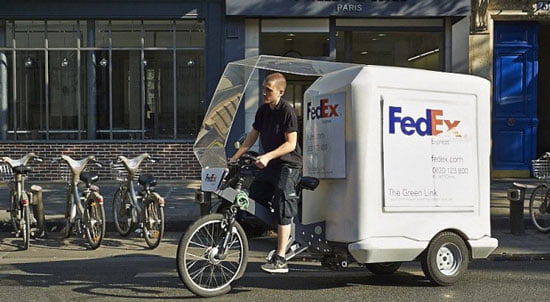
It is neither sophistry nor a joke, but an actual condition: the internet has overwhelmingly less bandwidth compared to traditional postal services. So much less that Google itself, when it needs to move large volumes of data, does it via FedEx. Cisco calculated that total traffic on the internet reaches 167 terabits per second. FedEx, with a fleet of 650 aircraft, can carry data stored on hard drives at a rate of 150 exabytes per day or 14 petabits per second—almost a hundred times more than the internet. At today’s rates and assuming FedEx remains at its current scale, the internet will “catch up” to the latter’s performance in… 2040. In other words, the internet will most likely never surpass the network based on physical, manual labor.
But is it really like that? Let’s make the following assumption: suppose a company headquartered in downtown Athens wants to send a one-terabyte data package to a branch located just a few blocks away. If it tries to send it over the internet, it will need roughly… two weeks on average, or at least one week if it has the fastest and most reliable connection. So what does it do? It loads the data onto a portable drive and ships it by courier. Delivery time? One hour at worst!
The fact that many processes on the internet happen almost instantaneously is responsible for the widespread perception that it represents the fastest thing human ingenuity has to offer. An e-mail is delivered to the recipient at the press of a button; a Google search is executed in fractions of a second; downloading a movie takes just a few minutes, etc., etc.
So what? Courier – Internet: 1-0!
